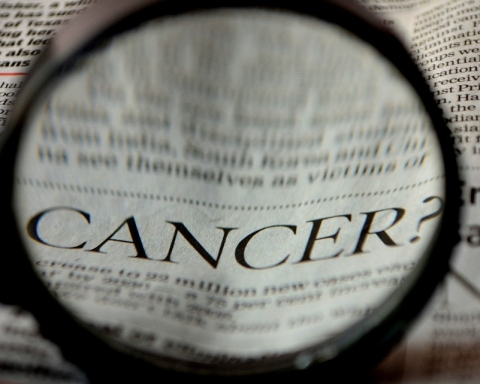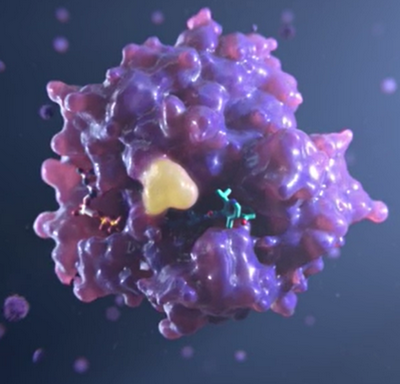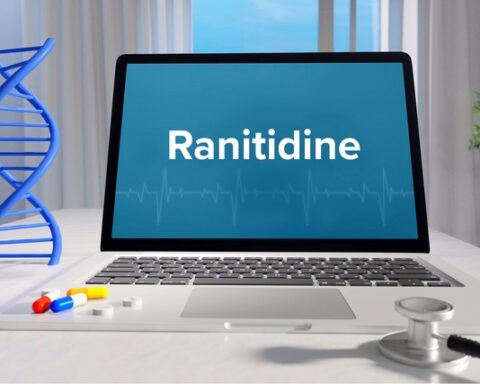Anticipated to surpass the US$ 20 Billion mark in 2019, generic oncology drugs will witness an increased demand in the coming years
Increased spending in cancer-related research and development by various governments and private and commercial organizations combined with investments in anti-cancer drugs are the two key factors anticipated to heighten the generic oncology drugs demand, through 2019, as indicated in a recent market analysis of generic oncology drugs, by one of the studies.
Expanding at a robust annual rate of over 6.1 percent, the global revenue through sales of generic oncology drugs will surpass US$ 23 Billion in 2021.
“One of the studies estimates that notable product pipeline for generic oncology drugs is expected to drive lucrative business opportunities. Moreover, with industry’s pipeline reaching a historic level of late-stage development, in 2017, almost 90% of the therapies being targeted treatments and clinical success rates going up to almost 73 percent, the market for generic oncology drugs is anticipated to grow, further expanding the pipeline cancer treatment”, explained a senior research analyst.
Small Molecule Generic Oncology Drugs Hold Big Opportunities in 2019
Expanding at a rather high CAGR of nearly 6.7 percent, small molecule generic oncology drugs, combing the efficacies of chemotherapy and immunotherapies could boost the ongoing cancer treatment modalities. Although there has been a significant development in immunotherapy alone, small molecules are expected to exceed the efficacies of large molecules and dominate the cancer treatment landscape as medical exerts continually validate the positive outcomes by combing traditional cancer treatment with new immunotherapies, thereby providing increased benefits to cancer patients.
Although study analysis indicates a relatively lesser market share compared to market molecules, as a modality, small molecules are likely to benefit from their cross-membrane ability, reaching greater intracellular targets. Moreover, with a half-life of less than 24 hours, small molecules generic oncology drugs are more likely to achieve greater efficacy after a more convenient oral administration, thereby allowing researchers and clinicians to balance the side effect of combination trials through intermittent cancer treatment dosing.
“Research also indicates that more than a quarter of immune-oncology clinical trial use small as combination partners for checkpoint inhibitors, positioning itself as a unique compound class for superior immune-oncology treatments”, explains the analyst.
Potential Revenue Pockets in Emerging Economies
The generic oncology drugs landscape expanding at a robust annual growth rate of approximately 7.5 percent, APECJ along with is anticipated to present significant revenue-generating avenues for drug manufacturing companies. Increased research and development on biological and targeted drug therapies, early expiration of patents, and increasing focus on personalized treatment medication are some major factors contributing towards future avenues for generic oncology cancer drugs market in APECJ. In Japan, on the other hand, stringent regulations involving drug discovery and development process could put a spanner in generic oncology drugs market growth.
“Increasing awareness and growing demand for early cancer diagnosis are expected to translate into homegrown generic oncology drugs, thereby presenting revenue-generating opportunities for local drug manufacturers. Favorable reimbursement schemes for critical drugs and significant funding for drug manufacturing infrastructure by government and private organizations of emerging economies are some key factors supplementing the sales of generic oncology drugs. In addition, contract manufacturing initiatives for biopharmaceuticals and small molecules could broaden the future scope of generic oncology drugs”, the senior analyst further explains.
Product Pipeline Expansion to Remain the Core Forward Strategy
The global generic oncology drugs market is dominated by key companies including Novartis AG, Pfizer Inc, GlaxoSmithKline Plc, Celgene Corp., Mylan N.V., Merck & Co., Inc, NATCO Pharma Limited, and Aurobindo Pharma. Key insights in this segment includes:
Novartic AG, has applied channel integration strategies such as e-commerce along with the mobile app to drive sales at retail locations. Moreover, the company recently gave global rights of AKT inhibitors afuresertib and uprosertib — to the Shanghai-based company Laekna. In addition, Novartis AG received CE mark for gene-modifying therapy for blood cancer Kymriah.
Pfizer Inc., on the other hand, is focused on 39 therapies in R&D pipeline for oncology and biosimilar to strengthen the core areas of the product portfolio. In 2017, Pfizer’s Glasdegib in patients with previously untreated acute myeloid leukemia received U.S FDA priority review. In the same year, the company’s XTANDI (enzalutamide) too received FDA approval.
However, that is not all. Further, the report elaborates on the critical developments, likely to shape the future landscape along with pipeline strategies being implemented by top companies to solidify their stakes in the global generic oncology drugs market.
These insights are based on a report on Generic Oncology Drugs Market by Persistence Market Research.








